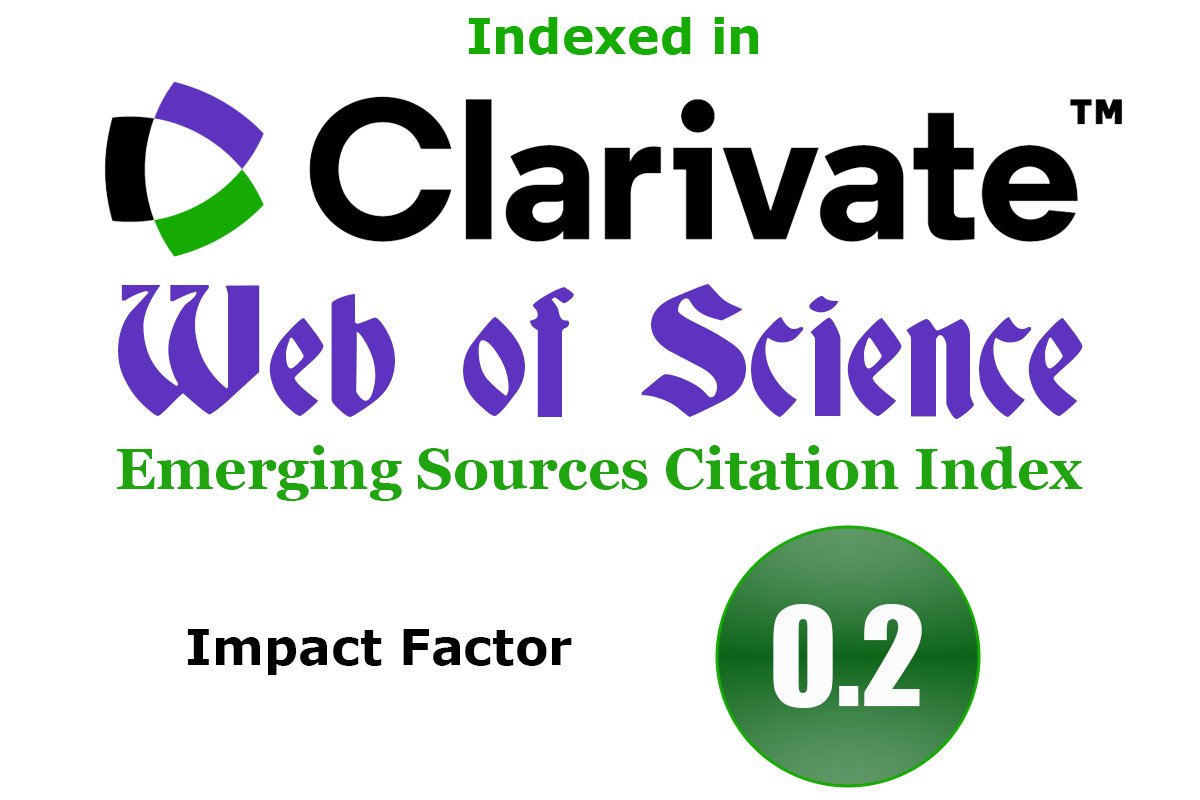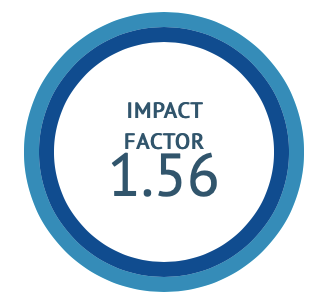Unhealthy Diets and Sthoulya (Obesity): A literary and Survey-Based Analysis
DOI:
https://doi.org/10.47552/ijam.v16i3.5695Keywords:
Lifestyle diseases, Obesity, Causes, Food, SurveyAbstract
Background: Sthoulya (obesity) a growing global health concern, is closely linked to dietary habits and food choices. This is a multifaceted health condition resulting from an imbalance between calorie intake and expenditure, influenced by genetic, environmental and life style factors. According to recent studies of World Health Organization (WHO) over one billion people globally are living with obesity as of 2024. This number includes rapid increases in both children and adolescents, where obesity rates have quadrupled since 1990. Among adults, obesity prevalence has more than doubled during the same period. The findings show that obesity is now burgeoning problem not only India but also worldwide. This is one of the life style disease which is mainly caused by irregular food habits and lack of physical activities. In Ayurveda obesity is considered as Sthoulya and explained under santarpanajanya vikaras. Material and methods: A survey study on 30 participants conducted to revalidate the concepts related to Nidana (causative factors) of Sthoulya through a questionnaire, which was prepared on the basis of classical Nidanas of Sthoulya. Results: From the results it has been proved that the nidahas mentioned in the Ayurvedic texts can be validated today. Conclusion: By bridging traditional wisdom with modern science, this article underscores the transformative potential of food as a therapeutic tool for preventing and managing Sthoulya.
Downloads
Published
How to Cite
Issue
Section
License
Copyright (c) 2025 International Journal of Ayurvedic Medicine

This work is licensed under a Creative Commons Attribution-NonCommercial-ShareAlike 4.0 International License.
The author hereby transfers, assigns, or conveys all copyright ownership to the International Journal of Ayurvedic Medicine (IJAM). By this transfer, the article becomes the property of the IJAM and may not be published elsewhere without written permission from the IJAM.
This transfer of copyright also implies transfer of rights for printed, electronic, microfilm, and facsimile publication. No royalty or other monetary compensation will be received for transferring the copyright of the article to the IJAM.
The IJAM, in turn, grants each author the right to republish the article in any book for which he or she is the author or editor, without paying royalties to the IJAM, subject to the express conditions that (a) the author notify IJAM in advance in writing of this republication and (b) a credit line attributes the original publication to IJAM.




